
(WildStrawberry / Shutterstock.com)
Winter is a time of shorter days and colder temperatures; brrr. But before you bundle up to go outside and shovel snow, check out these 9-heart-warming fun facts about winter from a giant snowwoman to reindeer vision. These trivia facts are sure to bring a smile on a cold wintry day.
Snowflakes Come in all Sizes
While the average snowflake is smaller than the size of a penny, they can actually grow much larger according to Mental Floss. In fact, in 1887, people claimed to see crystals as large as milk pans during a snow storm in Fort Keogh, Montana. That would make the snowflakes as large as 15 inches (38 centimeters) wide. While this may be a tall – or wide – tale, the sizes of snowflakes do vary.
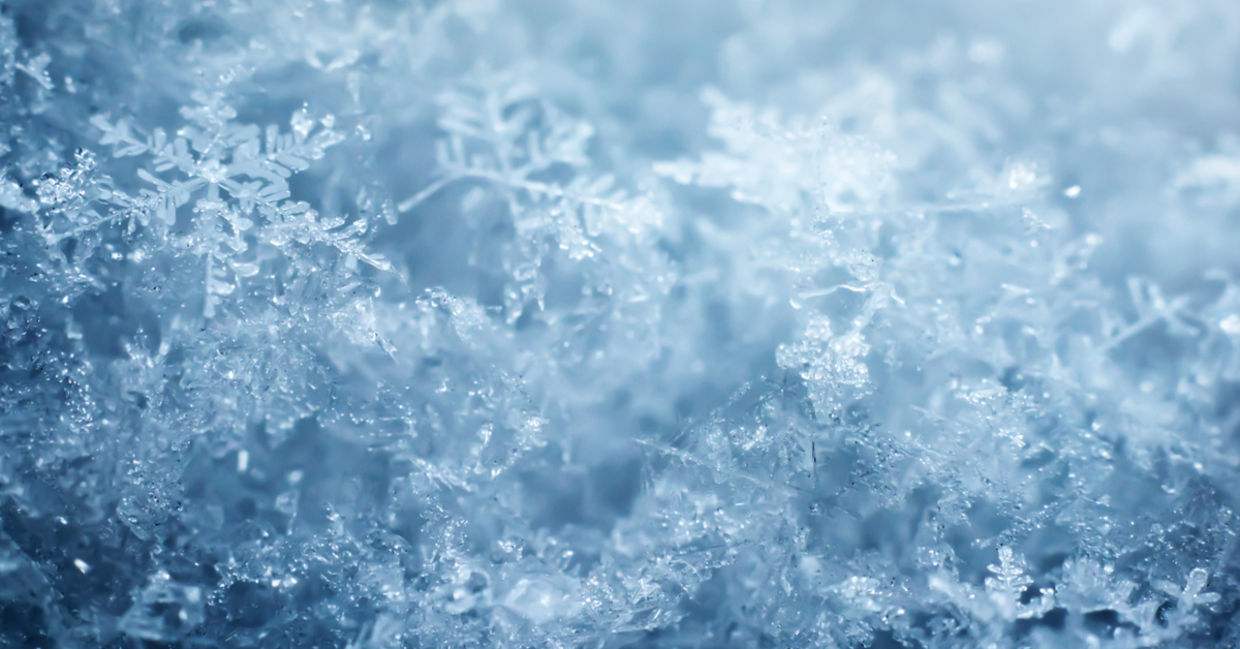
(Triff / Shutterstock.com)
Reindeers Can See in the Dark
Reindeers that live above the Arctic circle live in total darkness for weeks at a time. According to the Meteorological Office of the UK, reindeer have adapted to this in a unique way. A small area of tissue behind the animal’s retina changes color from gold in the summer to blue in the winter and this allows them to detect ultraviolet light and to see in the dark. That’s good news for Santa.
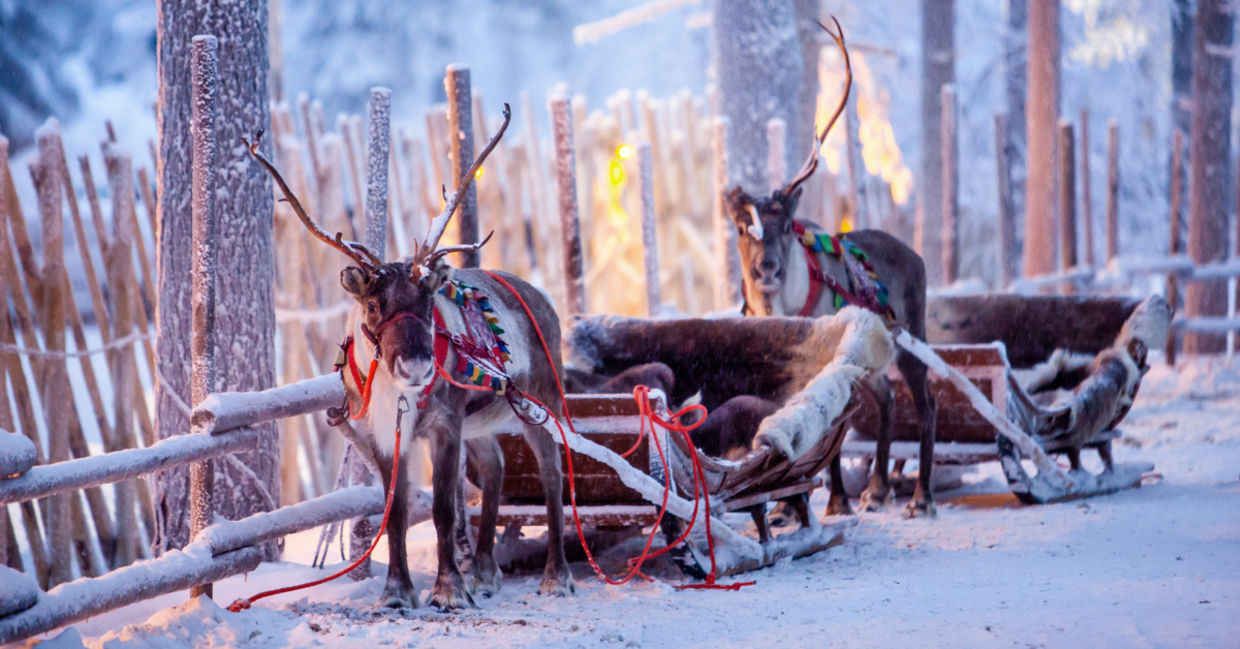
(Andrei Kobylko / Shutterstock.com)
The First Winter Olympics Took Place in 1924
Since the modern Olympics were based on the ancient Olympics, winter sports were not always included. In fact, the first winter Olympics were not held until 1924 reported History.com. Held in Chamonix in the French Alps, there were 14 events involving six sports including skiing and bobsledding.

(Coolakov_com / Shutterstock.com)
The Earth is Closest to the Sun in the Winter
While this sounds counterintuitive, the Earth reaches the point in its orbit when it is closest to the sun in January. The cold weather of winter doesn’t actually have anything to do with the Earth’s orbit, points out Mental Floss. It is actually based on which direction the planet’s axis is tilting and that explains why the two hemispheres experience winter in different times of the year. So while people are shoveling snow in North America, they are enjoying beach weather in Australia.

(muratart / Shutterstock.com)
Squirrels Save More than Just Seeds for the Winter
While many animals store food for the winter, red squirrels, seem to be the most creative according to Best Life. Along with the usual nuts and seeds, these critters actually dry out mushrooms in trees to make their own mushroom jerky. Bon Appetit.
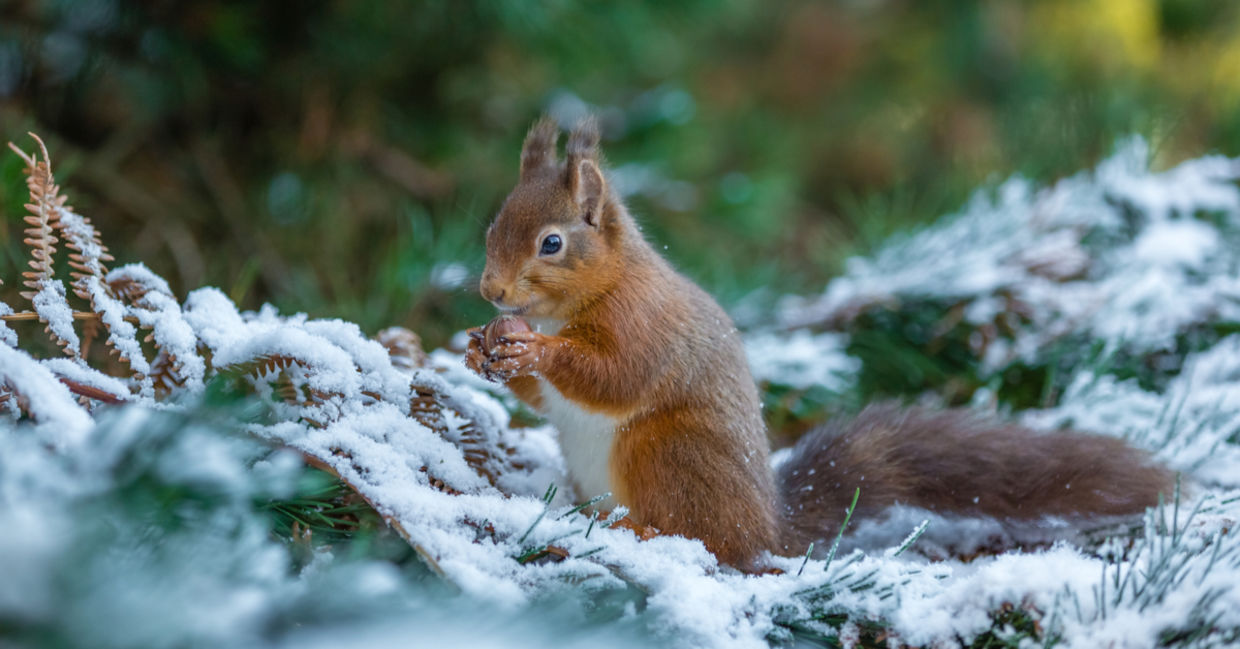
(Michael Conrad / Shuterstock.com)
There are Flowers That Bloom in the Winter
While many plants are dormant in the winter, there are some flowering ones that bloom in the cold months. If you want color in your garden, plant some Christmas roses, winter pansies, snowdrops, and winter aconite. And don’t forget a beautiful Christmas cactus to enhance your holiday décor this season.
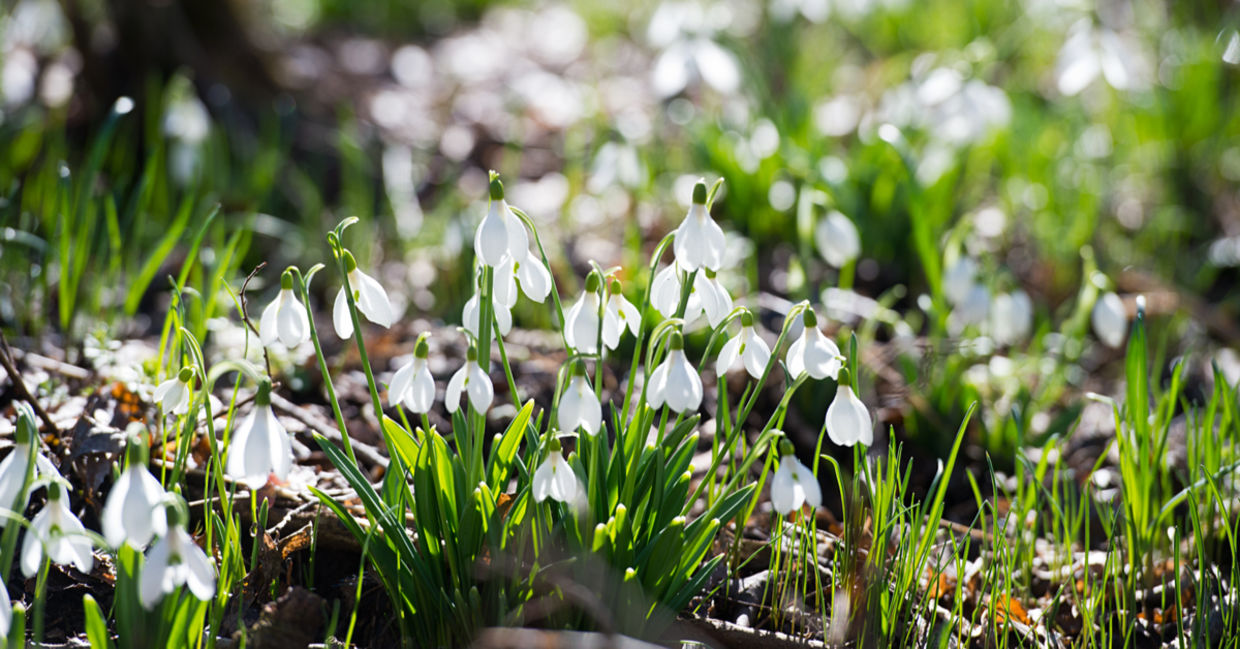
(freya-photographer / Shutterstock.com)
Snow can be Different Colors
Most people believe that snow is white – or gray after it gets dirty – but, snow can be a variety of colors. In fact, snow is actually colorless, according to The Old Farmer's Almanac, and dust and algae can make it appear purple, orange, and green. Pink snow, known as watermelon snow, fell in Krasnodar, Russia in 2010. It actually had a sweet smell and taste but please don't eat pink snow.
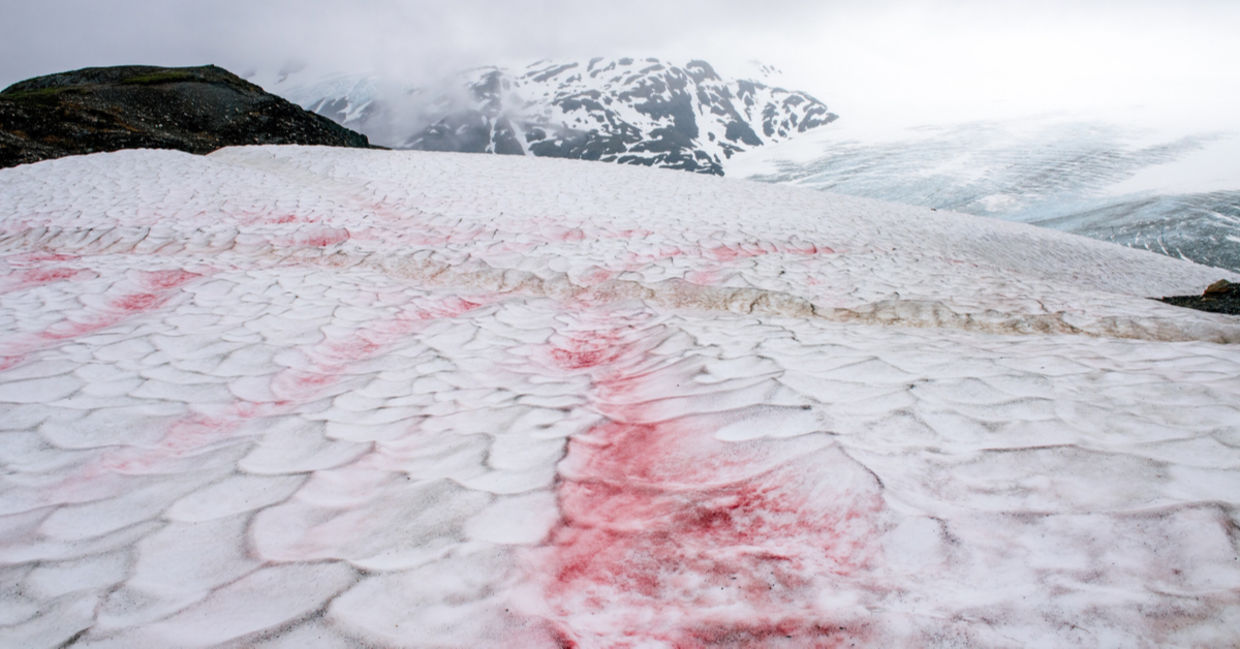
(Dene' Miles / Shutterstock.com)
The Lowest Temperature Recorded on Earth
If you think it is cold where you live, try -128.6 degrees Fahrenheit (-53.6 Celsius). This extremely low temperature was recorded on July 21, 1983 at the Russian operated Vostok station on Antarctica. While colder temperatures have been found by instruments in the earth’s core under Antarctica, they do not count as recorded weather so the record still stands.
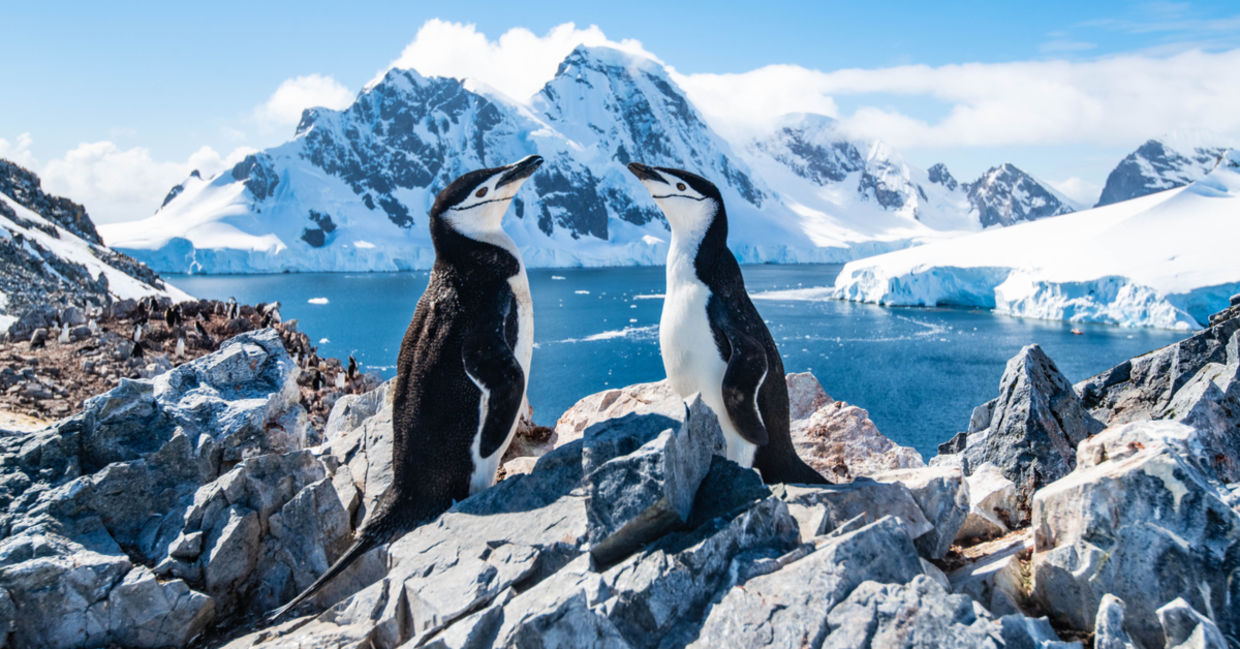
(SZakharov / Shutterstock.com)
The Tallest Snowperson Stood Over 122 Feet Tall
The residents of Bethel, Maine build the largest recorded snowwoman that measured over 122 feet (37.21 meters) tall, according toThe Guinness World Records. It took over a month to build and was finally completed on February 26, 2008.
It took 13 million pounds (5,896,700 kilograms) of snow to build the giant snowperson. The eyelashes were made of eight pairs of skis, the lips from five red tires, the arms consisted of two spruce trees, and the nose was made from chicken wire and cheesecloth. The finished snow creation was almost as tall as the Statue of Liberty.







